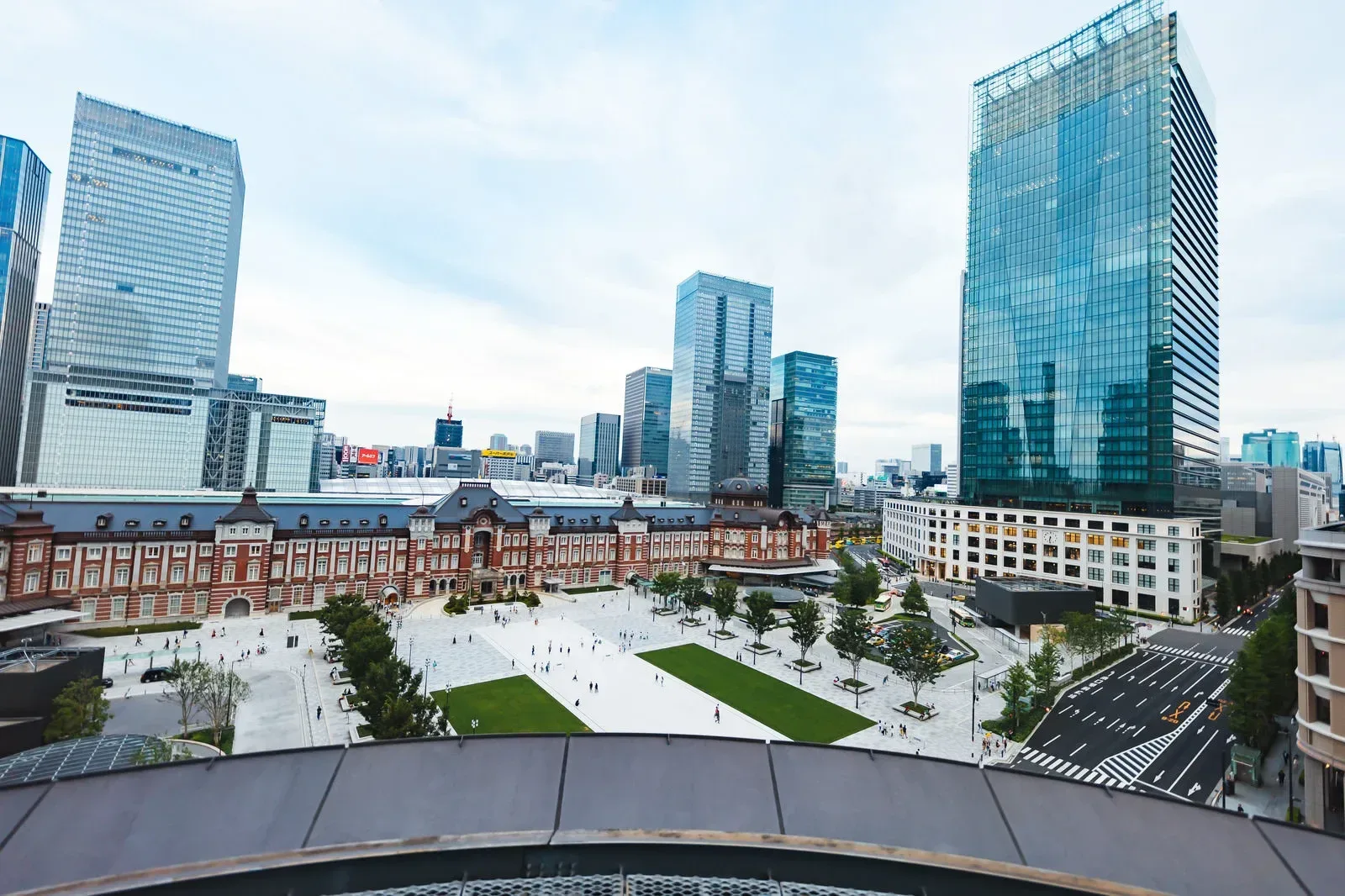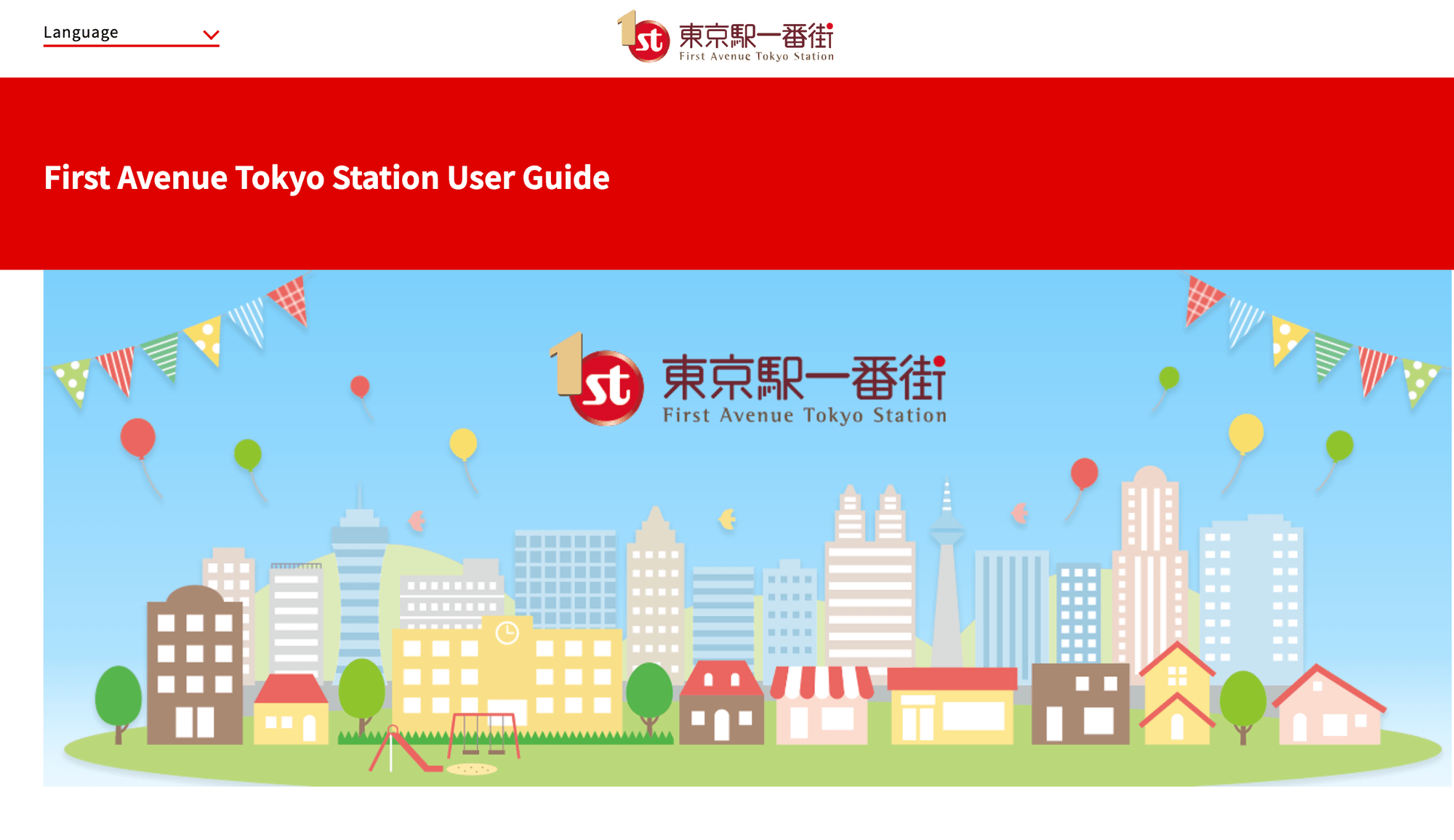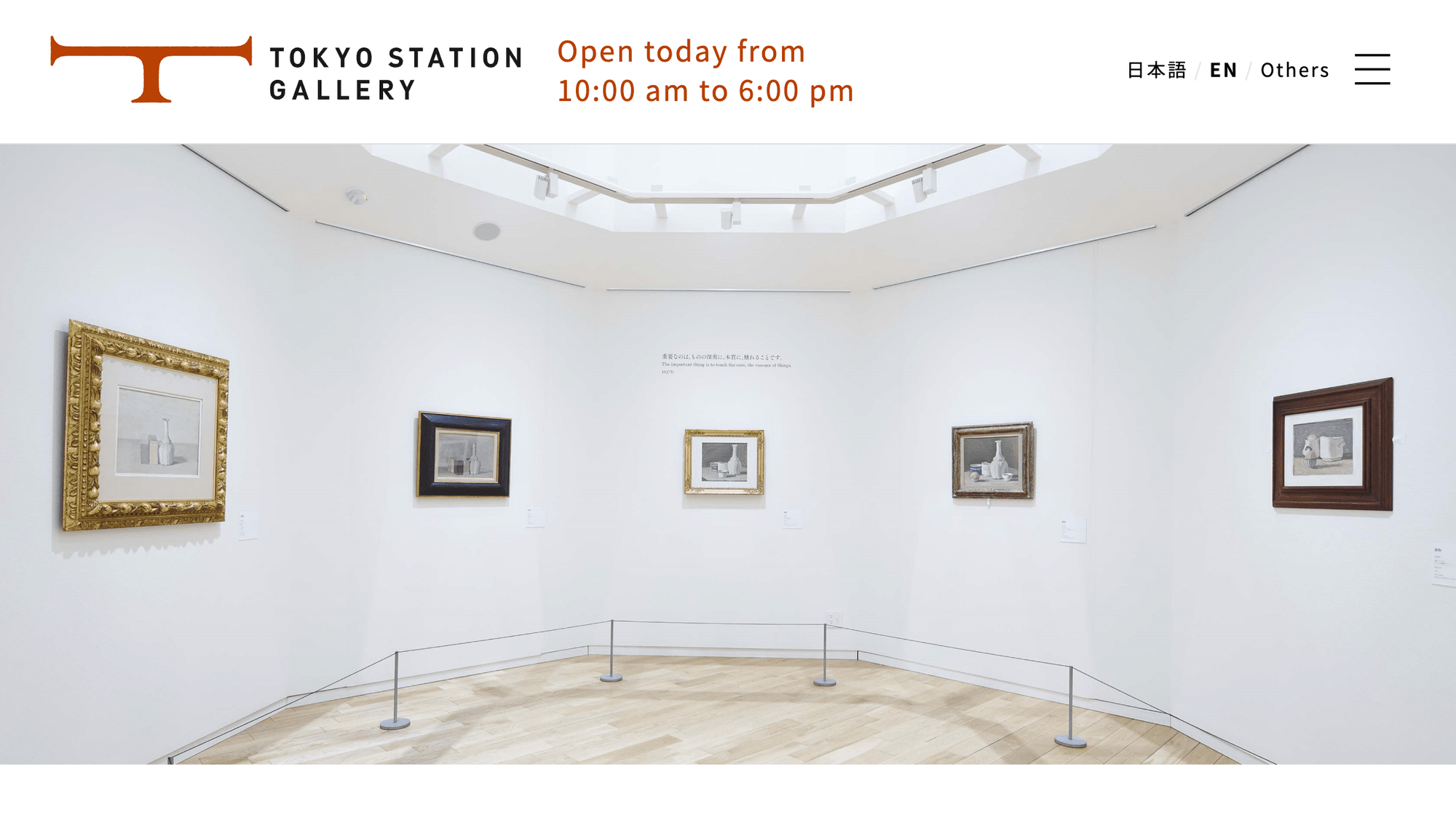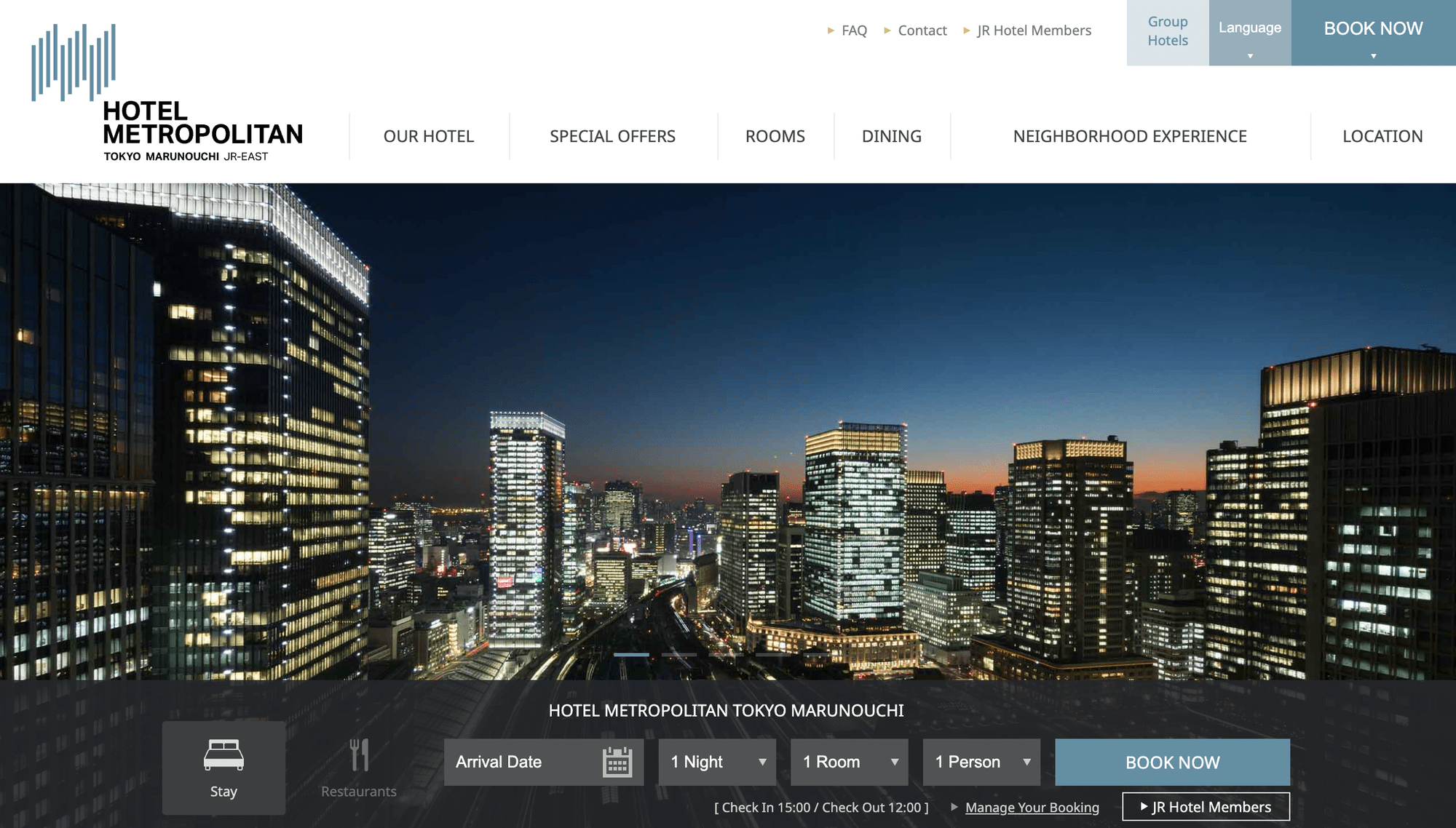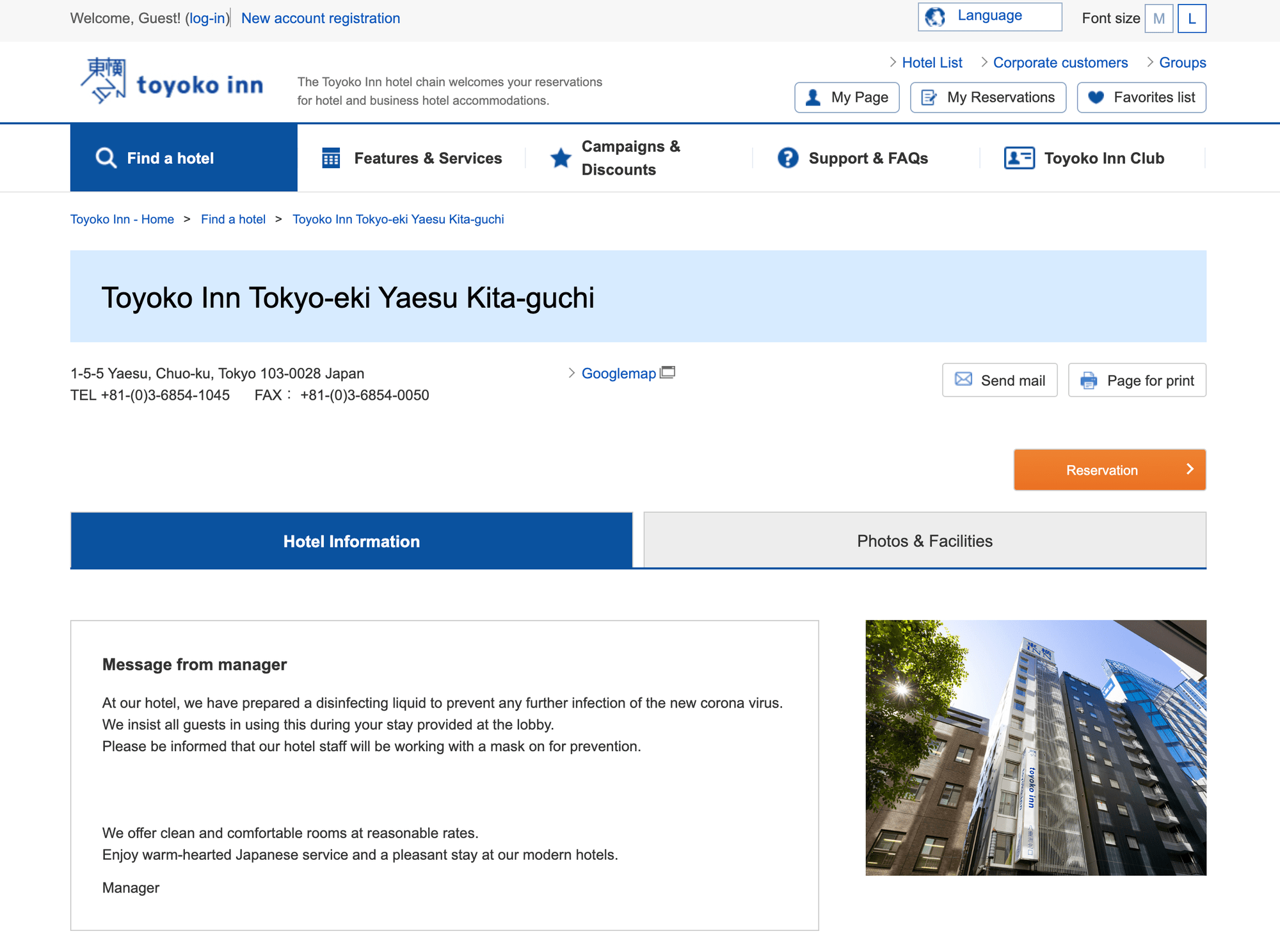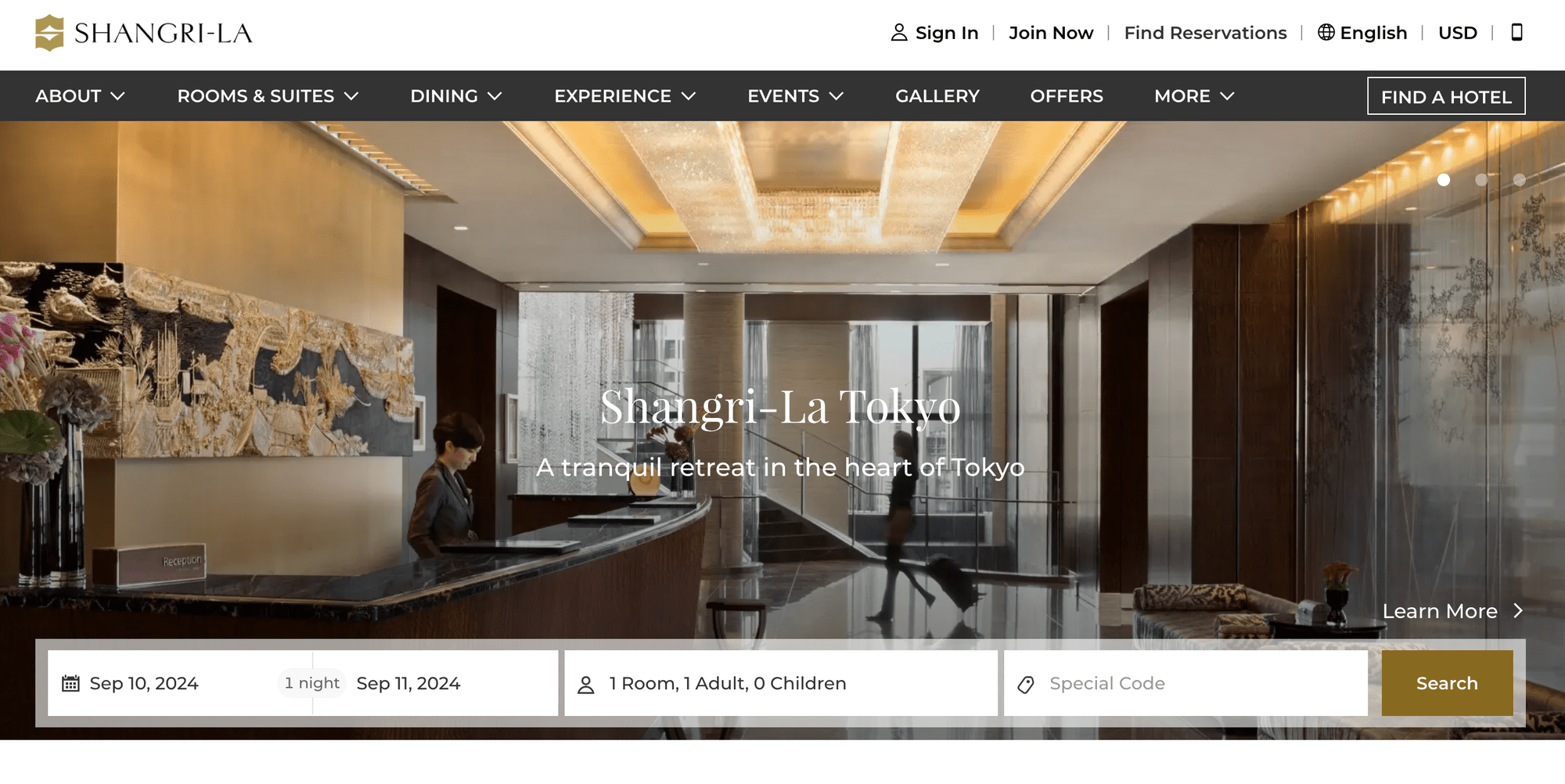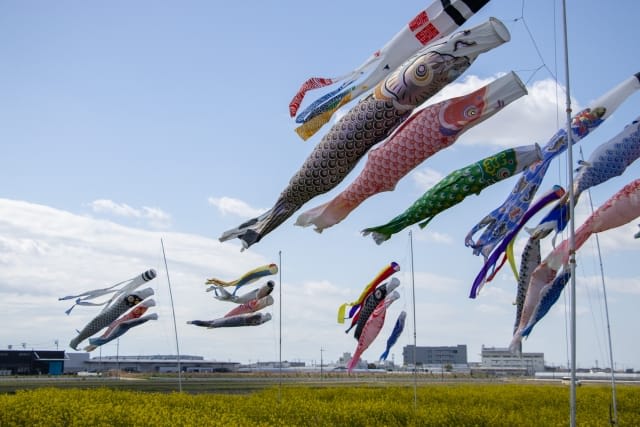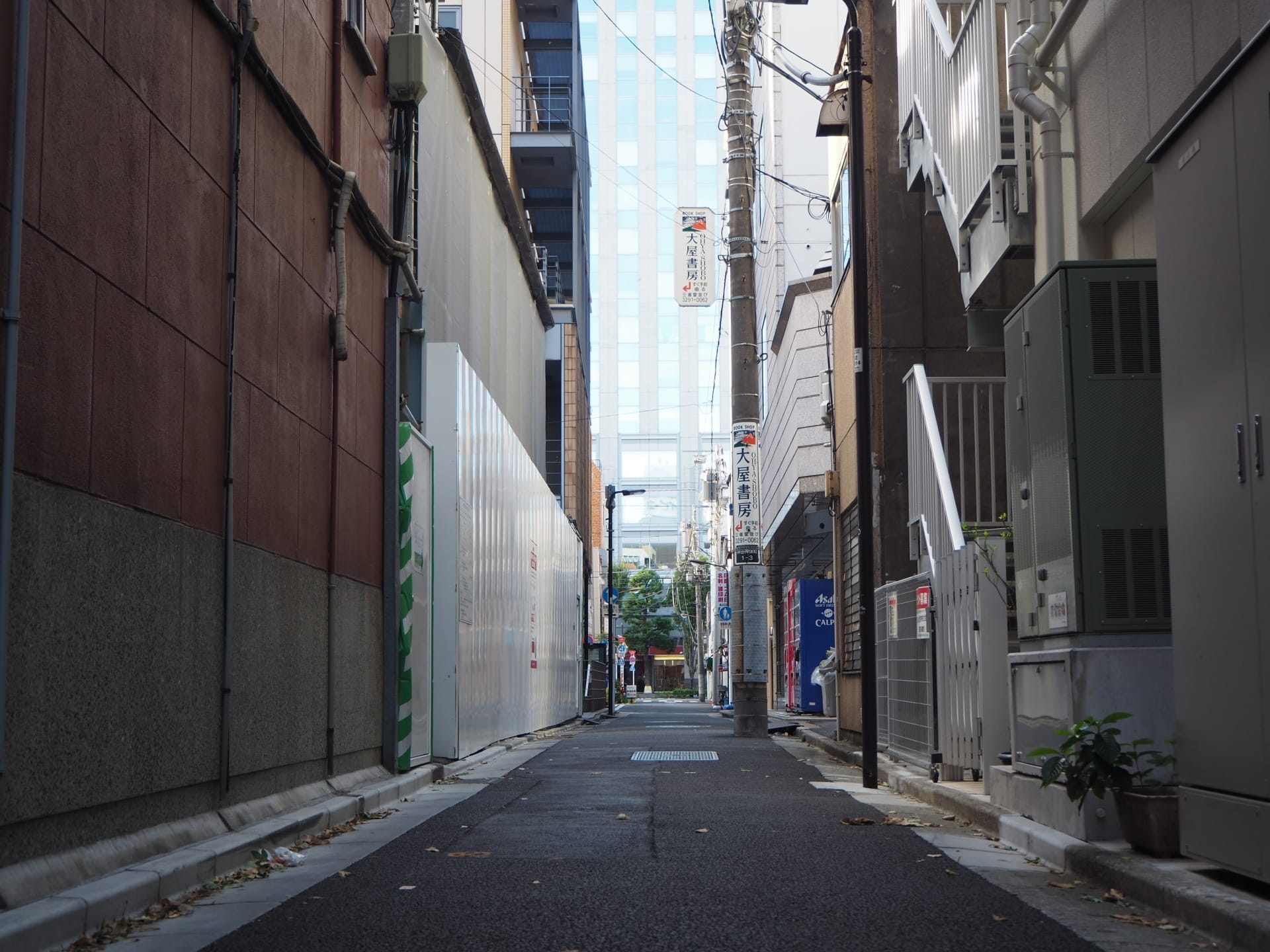Tokyo Station Guide: A Gateway to Japan's Capital Experience
This time I wrote an article about Tokyo, a city I was born and raised. And I updated this article in January 2025 to incorporate my findings from this research, along with the latest information for 2025.
Another reason for updating the article is the growing interest in tours that allow visitors to safely and deeply experience Tokyo. Because Tokyo is a city that continues to develop at a dizzying pace and in complex ways, tourists visiting for the first time find it extremely difficult to discover the truly excellent spots beloved by locals.
This is why food tours led by knowledgeable local guides who know Tokyo inside and out have been gaining popularity, as they take visitors through Tokyo's maze of establishments.
In fact, Magical Trip's tour, which ranked #1 among all tours on Tripadvisor, has been receiving numerous applications.

If you want to experience authentic izakayas beloved by Shibuya locals, try the "Shibuya Bar Hopping Night Tour in Tokyo," which is ranked #2 on Magical Trip. A knowledgeable local guide who knows Shibuya inside and out will take you to spots where you can enjoy genuine Japanese cuisine.
And if you want to make the most of Tokyo's nightlife, you absolutely must join the "Tokyo Bar Hopping Night Tour in Shinjuku," which is rated #1 on Tripadvisor. You can safely explore Shinjuku's historic retro drinking districts and Kabukicho, the largest entertainment district in Asia, with an expert guide who knows Shinjuku thoroughly.
We hope you'll have a wonderful time experiencing everything Tokyo has to offer by joining a Magical Trip tour!
Introduction
For me, having lived in Tokyo for many years, Tokyo Station was more than just a transportation hub. As I used it daily for commuting, meeting friends, and marking the beginning and end of trips, Tokyo Station was at the center of my Tokyo life.
The historic red-brick station building, the underground shopping areas, and the ever-evolving surrounding areas - Tokyo Station symbolizes the vibrancy and energy of Japan's capital, Tokyo, where history and modernity intersect.
In this article, I'll introduce you to the charms of Tokyo Station and its surroundings, weaving together my experiences and the latest information.
This guide might offer new discoveries not only for first-time visitors to Tokyo but also for repeat travelers.
Now, let's embark on a journey starting from Tokyo Station!
Table of Contents
・Highlights of Tokyo Station
・Tourist Spots Around Tokyo Station
・Hotels Easily Accessible from Tokyo Station
・Areas You Can Visit from Tokyo Station
Highlights of Tokyo Station
Tokyo Station is not just a transportation hub. It's a tourist destination in itself, packed with various attractions from historical buildings to the latest shopping facilities. Here, I'll introduce you to the must-see highlights of Tokyo Station.
Marunouchi Station Building
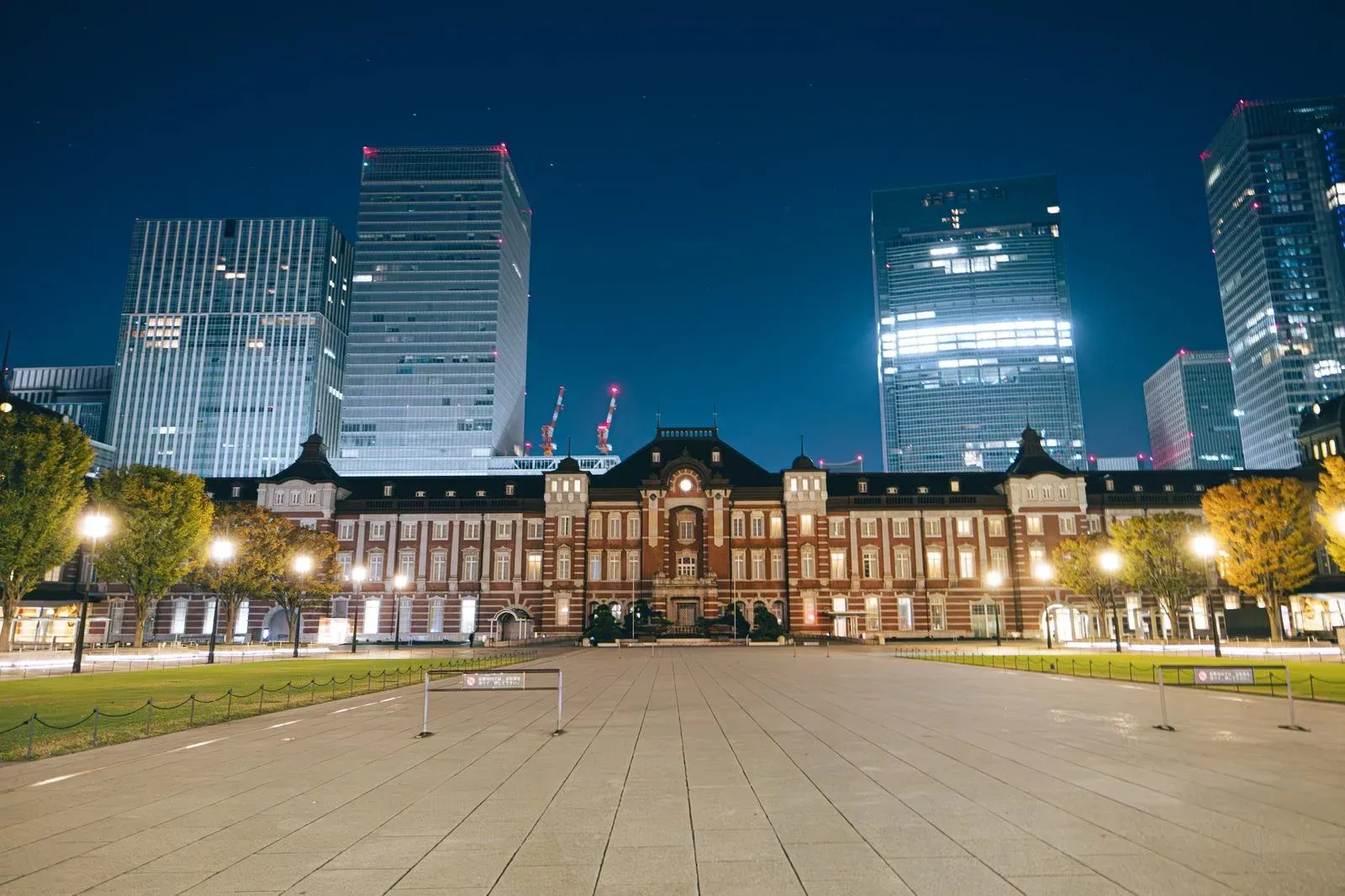
The Marunouchi Station Building is the face of Tokyo Station. This red-brick station building, which has marked over 100 years of history since its opening in 1914, has been loved by many as a symbol of Tokyo's modernization.
In 2012, it was restored to its original appearance and designated as an Important Cultural Property, recognizing its historical value.
While its imposing daytime appearance is impressive, I personally recommend the nighttime illumination. I prefer the red-brick station building enveloped in soft light over its daytime appearance.
If you bring a camera, try taking a photo of the entire Marunouchi Station Building from the station square. It will surely become a wonderful memory as an iconic Tokyo landscape.
Commercial Facilities in the Station
Tokyo Station is not only a transportation hub but also a treasure trove of attractive commercial facilities. Various shopping spots are scattered throughout the station and its surroundings, making it an ideal place to search for souvenirs or learn about the latest Tokyo trends.
Tokyo Station First Avenue
Tokyo Station First Avenue is a commercial facility inside Tokyo Station where you can enjoy a variety of restaurants and shopping.
This is one of my favorite places, and I especially found it convenient to stop by on my way home from work to buy small souvenirs or meet friends for dinner.
There are many shops handling specialty products from all over Japan, so you can enjoy tastes from all around Japan just by visiting Tokyo Station. When I was on business trips, I often bought local specialties here as souvenirs for my family.
Website: https://www.tokyoeki-1bangai.co.jp/en/
Tokyo Okashi Land
Tokyo Okashi Land, located within Tokyo Station First Avenue, is a spot that's irresistible for sweet lovers. Here, you can experience various aspects of Tokyo's confectionery culture at once. As a sweet tooth myself, I visited this area many times.
From traditional Japanese sweets to the latest desserts in Tokyo, a wide variety of confections are available, so if you're a sweets lover, be sure to stop by.
Website: https://www.tokyoeki-1bangai.co.jp/tokyo_okashiland/
Tokyo Character Street
Tokyo Character Street, located within Tokyo Station First Avenue, is a spot that condenses Japanese pop culture. Here, character shops from popular anime and games, such as the Pokémon Store and Kirby Café, are lined up.
When I guided my friends from overseas, I realized the charm of this place as I saw their eyes light up. It's an ideal place for those looking for Japanese anime and character goods.
Each shop sells not only character-related goods but also many original products featuring Tokyo Station or Tokyo.
Also, limited-time pop-up shops and events are frequently held, making it a place where you can make new discoveries every time you visit.
Even if you're not an anime or game fan, please visit at least once as a good opportunity to experience Tokyo's pop culture.
Website: https://www.tokyoeki-1bangai.co.jp/tokyocharacterstreet/
GranSta
Source: GranSta Official Website
GranSta is a large commercial facility inside Tokyo Station where you can enjoy both shopping and dining.
Here, shops from various genres including fashion, general goods, and food are gathered.
In terms of gourmet options, a wide range of restaurants and cafes from Japanese to Western cuisine are available. Among them, the ekiben (station bento) corner is not to be missed. It's a valuable place to experience Japan's ekiben culture, and I often used it when on business trips.
One of the great advantages of GranSta is that it's open from early morning to late at night, so you can enjoy shopping without worrying about train times. It's an ideal place for last-minute shopping or souvenir hunting before boarding a Shinkansen or limited express train.
Website: https://www.gransta.jp/en/
Tokyo Station Gallery
Tokyo Station Gallery is an art museum inside Tokyo Station that hosts various special exhibitions.
I wasn't an art enthusiast, but after stopping by during train waiting times, I became a big fan of this place.
Here, works by Japanese modern and contemporary artists, as well as international artists, are exhibited. The exhibition content changes regularly, so you can encounter new artworks every time you visit.
Tokyo Station Gallery is recommended not only for art lovers but also for travelers who want to make effective use of their waiting time. Even just 30 minutes while waiting for a train can be a valuable opportunity to experience Japanese art culture.
Website: https://www.ejrcf.or.jp/gallery/english/
Tourist Spots Around Tokyo Station
Tokyo Station is not just a transportation hub. Step out of the station, and you'll find attractive tourist spots where history and modernity intersect.
When I lived in Tokyo, I often explored these areas on weekends and always made new discoveries. Here, I'll introduce some major tourist areas easily accessible from Tokyo Station.
Marunouchi Area
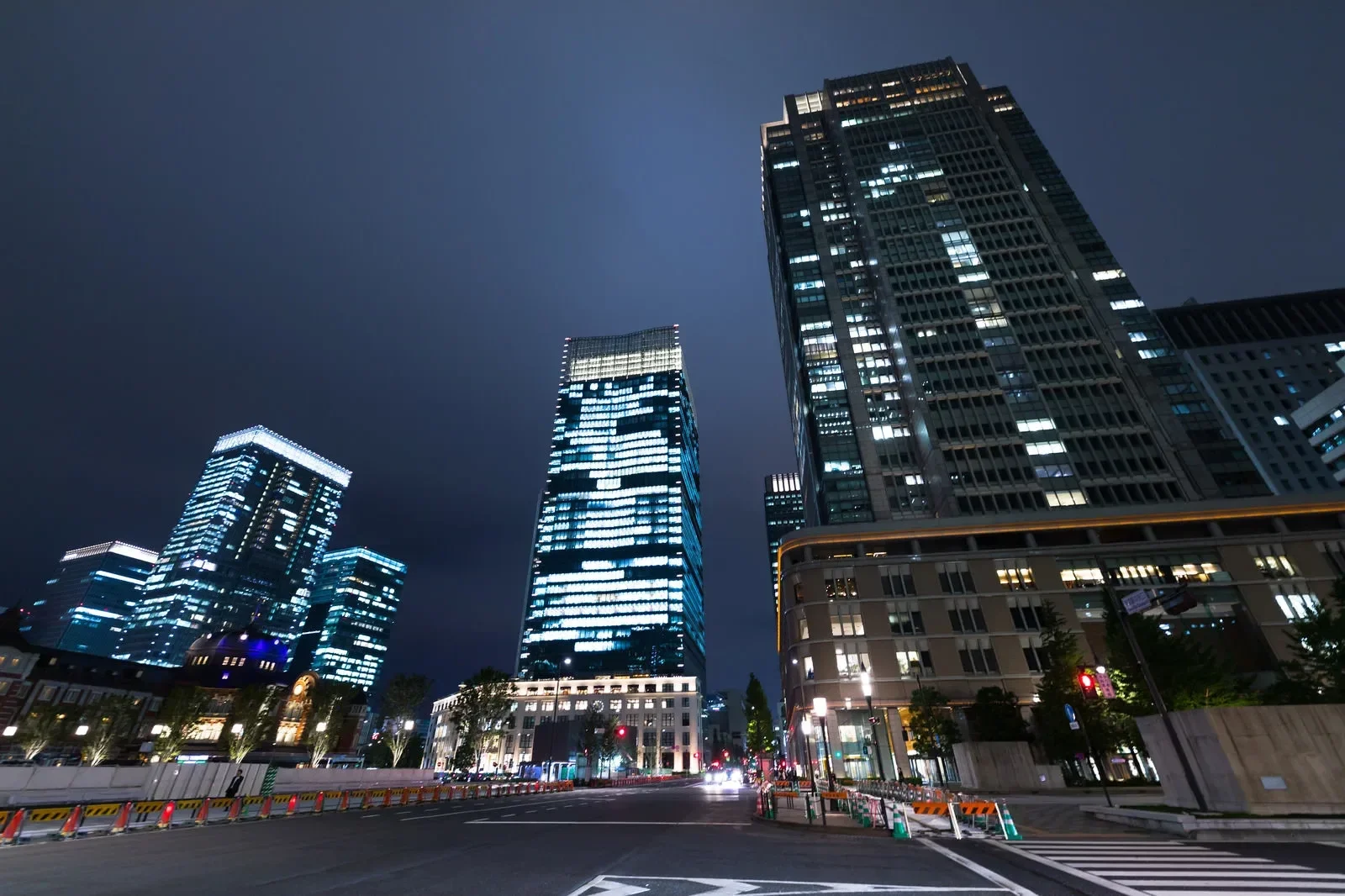
The Marunouchi area, spreading to the west of Tokyo Station, is a leading business district representing Japan. Here, high-rise buildings stand in rows, giving a sense of dignity as the center of the Japanese economy.
However, beyond just being a business district, it actually has many attractions for tourists.
First, the Marunouchi Building (commonly known as Maru Biru) and Shin-Marunouchi Building are treasure troves of shopping and gourmet experiences. I often visited here on weekends to enjoy the latest fashion and trends.
Another charm of the Marunouchi area is the walking path to the Imperial Palace Outer Gardens. After passing through the business district, a vast green space suddenly appears, and this change in scenery surprises me every time.
Also, Marunouchi Naka-dori Street is famous for its seasonal events and illuminations. Especially the winter illumination is breathtaking, with many people enjoying taking photos. I looked forward to this beautiful sight every year.
The Marunouchi area is a special place where modern Tokyo, historical aspects, and nature coexist.
It's full of attractive spots not only for business people but also for tourists. As it's within walking distance from Tokyo Station, please make time to visit.
Nihonbashi Area
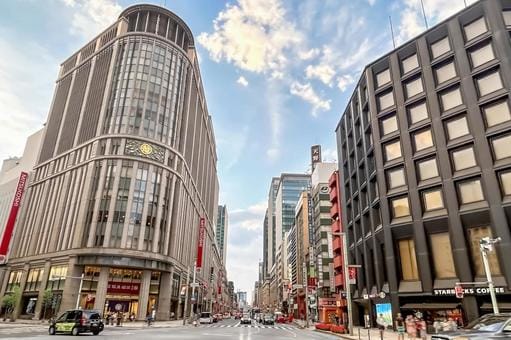
The Nihonbashi area is a historic commercial district within walking distance from Tokyo Station. This area has prospered as a commercial center since the Edo period, and even now, it's an attractive area that incorporates modern elements while inheriting that tradition.
The "Nihonbashi" bridge, which can be called the symbol of this area, was built as the starting point of the five major roads during the Edo period. The current bridge was built in 1911, but its dignified appearance continues to captivate many people, unchanged from the past to the present.
One of the charms of this area is the brilliant fusion of historical elements and modern commercial facilities.
For example, Coredo Nihonbashi and Nihonbashi Mitsui Tower are places where you can enjoy the latest shopping and dining, but their exteriors are designed to blend in with the surrounding historical landscape.
Nihonbashi Mitsukoshi Main Store is a historic building that opened in 1904 as Japan's first department store. I was captivated not only by shopping here but also by the beauty of the building itself.
The charm of the Nihonbashi area doesn't stop here. In the Kobunacho area, narrow alleys and old shops reminiscent of the Edo period remain, and walking here gives you a sense of going back in time. In fact, many foreign tourists visit to enjoy this downtown atmosphere.
As you can enjoy various activities such as shopping, sightseeing, and gourmet experiences, please take time to explore this area.
Ginza Area
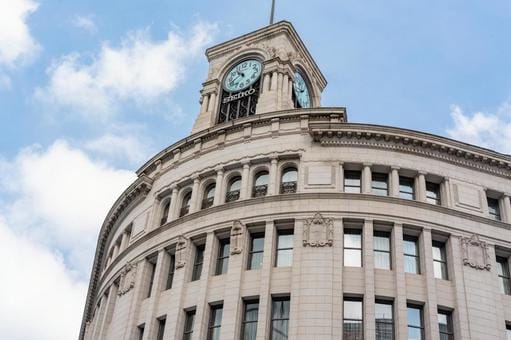
Ginza is a world-famous high-end shopping district within walking distance from Tokyo Station.
Walking down Ginza Street, you'll see flagship stores of global luxury brands such as Chanel, Hermès, and Cartier lined up.
These stores are not just shops but are also architecturally beautiful, adorning the Ginza streetscape.
Ginza is also a treasure trove of gourmet experiences. It has a wide range of restaurants from high-end ones listed in the Michelin Guide to simple and delicious B-grade gourmet options.
One thing not to forget in Ginza is the enjoyment of the pedestrian paradise. On weekend afternoons, Chuo Street becomes a pedestrian paradise, with many people enjoying Ginza's streets in their own way. This atmosphere is something special that you can't easily experience in other areas of Tokyo.
Hotels Easily Accessible from Tokyo Station
There are various types of hotels around Tokyo Station. The charm is that you can choose according to your purpose and budget, from business use to sightseeing. Here, I'll introduce both affordable and luxury hotels.
Affordable Hotels
Hotel Metropolitan Marunouchi
Hotel Metropolitan Marunouchi is a hotel with the charm of a convenient location directly connected to Tokyo Station. I've stayed here once and was impressed by its convenience.
The location, just a 1-minute walk from the Nihombashi exit of Tokyo Station, is especially valuable when using early morning Shinkansen or flights.
The charm of this hotel is the balance between good access and price. With rates around 20,000-30,000 yen per night for two people, it's relatively reasonable for a hotel directly connected to Tokyo Station.
Website: https://marunouchi.metropolitan.jp/
Toyoko Inn Tokyo-eki Yaesu Kita-guchi
Source: Toyoko Inn Tokyo-eki Yaesu Kita-guchi Official Website
Toyoko Inn Tokyo-eki Yaesu Kita-guchi is a business hotel located about a 3-minute walk from Tokyo Station.
The biggest attraction of this hotel is undoubtedly its price. While services are simple, you can sometimes stay for as little as 10,000-20,000 yen per night for two people, depending on the season. This can be considered a very reasonable price for a hotel around Tokyo Station.
The rooms are on the smaller side but clean and functional. Wi-Fi is also available, and the facilities are sufficient. The free breakfast service is also a nice point.
However, due to its affordability, it can be difficult to make reservations during busy periods, so I recommend booking early. I've failed to make a reservation at the last minute before.
Website: https://www.toyoko-inn.com/search/detail/00269?lcl_id=en
Luxury Hotels
The Tokyo Station Hotel
The Tokyo Station Hotel is a historic luxury hotel located within the Marunouchi station building of Tokyo Station. I've only stayed here once for a special anniversary, but I still vividly remember that experience.
The biggest attraction of this hotel is that it's part of the historic building of Tokyo Station. It opened in 1915 and took on its current form after a major renovation in 2012.
The interior, which harmonizes with the red brick exterior, is classical yet incorporates modern elements, creating a very sophisticated atmosphere.
The price range starts from around 75,000 yen per night for two adults. It's certainly not cheap, but it provides a luxurious stay experience that matches its price.
Website: https://www.tokyostationhotel.jp/
Shangri-La Tokyo
Shangri-La Tokyo is a 5-star luxury hotel located right next to Tokyo Station.
The biggest feature of this hotel is its overwhelming view. From the lobby and guest rooms located on the upper floors, you can overlook the cityscape of Tokyo.
The guest rooms are spacious and equipped with the latest facilities.
The price range starts from about 100,000 yen per night for two adults at the lowest, which is certainly not cheap. However, it provides top-class service and facilities that match its price.
This hotel is recommended for those who want to have the highest-grade stay in Tokyo.
Website: https://www.shangri-la.com/en/tokyo/shangrila/
Areas You Can Visit from Tokyo Station
Tokyo Station, as its name suggests, is located in the center of Tokyo and offers very convenient access to various directions. Here, I'll introduce some attractive areas that are easily accessible from Tokyo Station.
Shinjuku Area

Shinjuku is located about 15 minutes from Tokyo Station by JR Chuo Line Rapid. This area is known as one of the most vibrant areas in Tokyo.
Shinjuku Station boasts the world's highest daily passenger traffic. Giant commercial facilities stand around the station, where you can fully enjoy shopping and gourmet experiences.
One of the symbolic places in Shinjuku is the Tokyo Metropolitan Government Building Observatory. From this observatory at a height of 202 meters, you can enjoy a panoramic view of Tokyo for free. I've visited here several times, and the view at dusk is breathtakingly beautiful, making you realize the vastness of Tokyo.
At night, Shinjuku's face changes completely. Especially Kabukicho, known as Japan's largest entertainment district, is impressive with its neon-lit streetscape. However, tourists should enjoy it while being careful about safety.
Golden Gai and Omoide Yokocho are unique spots in Shinjuku that you shouldn't miss.
Golden Gai is an area where small bars with a Showa-era atmosphere are lined up, and you can experience a unique atmosphere. Omoide Yokocho is a popular spot where you can enjoy B-grade gourmet food in a nostalgic atmosphere. When I visited with friends, we enjoyed the nostalgic flavors.
Shinjuku is an area that encapsulates the modern face of Tokyo. As you can enjoy various activities such as shopping, gourmet experiences, and nightlife, it's a place I'd definitely like visitors to Tokyo to stop by.
Shibuya/Harajuku
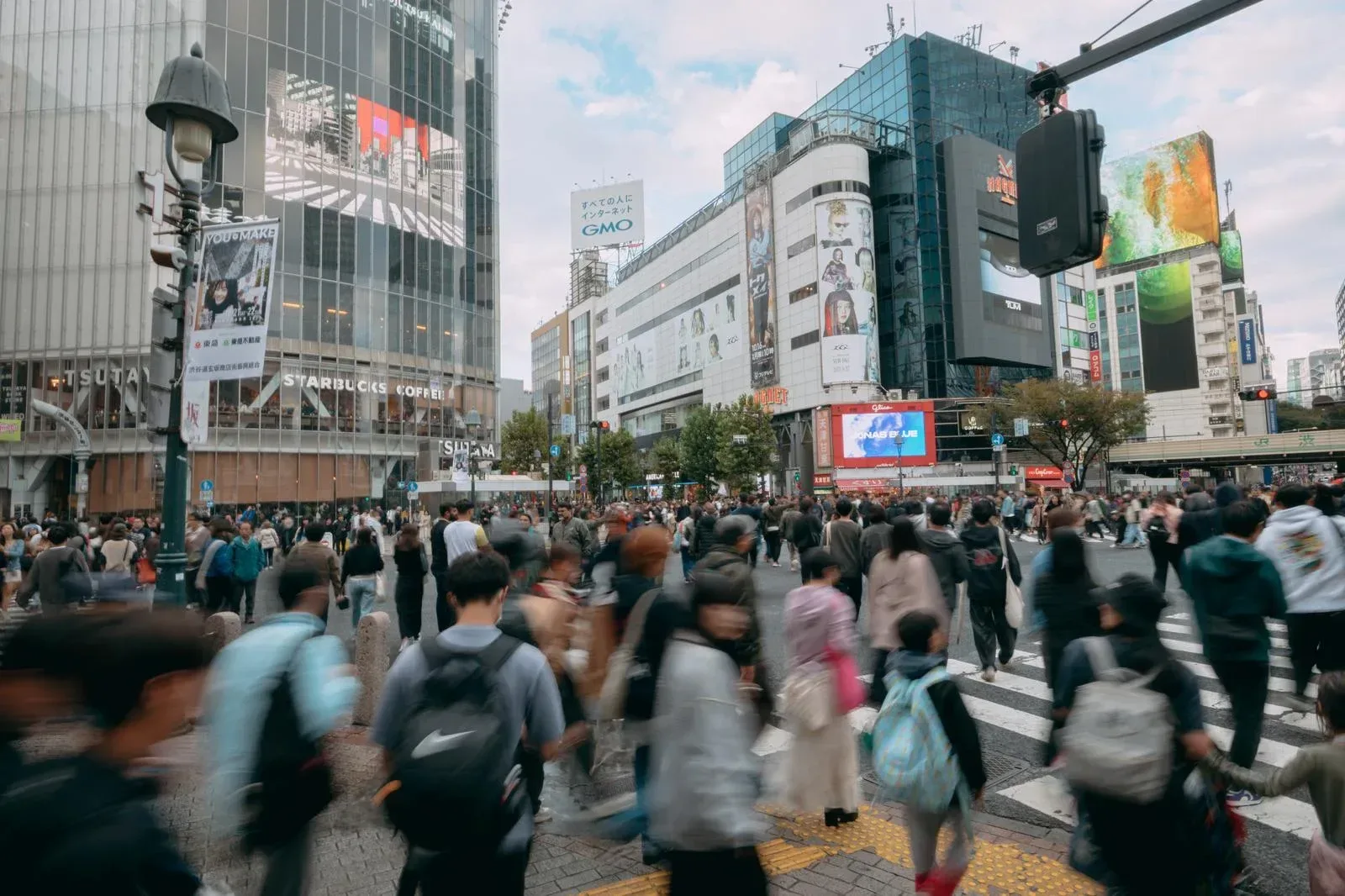
Shibuya and Harajuku are known as the centers of youth culture in Tokyo. You can reach Shibuya Station in about 23 minutes from Tokyo Station via the JR Yamanote Line, and Harajuku is one more stop from there, or within walking distance.
The symbol of Shibuya is undoubtedly the world-famous Scramble Crossing. Just experiencing this wave of people allows you to feel the vibrancy of Tokyo firsthand.
Shibuya Center Street is a lively street lined with fashion shops, restaurants, and cafes targeting young people. Just walking here, you can see the latest Japanese street fashion.
Harajuku is just one station or about a 15-minute walk from Shibuya. Here, Takeshita Street is particularly famous, lined with colorful and pop-atmosphere shops. "Kawaii" street foods like crepes are also popular, and I often enjoyed food walks with friends when visiting.
The Shibuya/Harajuku area is one of the places where you can experience Tokyo's contemporary culture most intensely. Feel the vibrant streetscape and the breath of ever-changing culture firsthand.
Asakusa Area
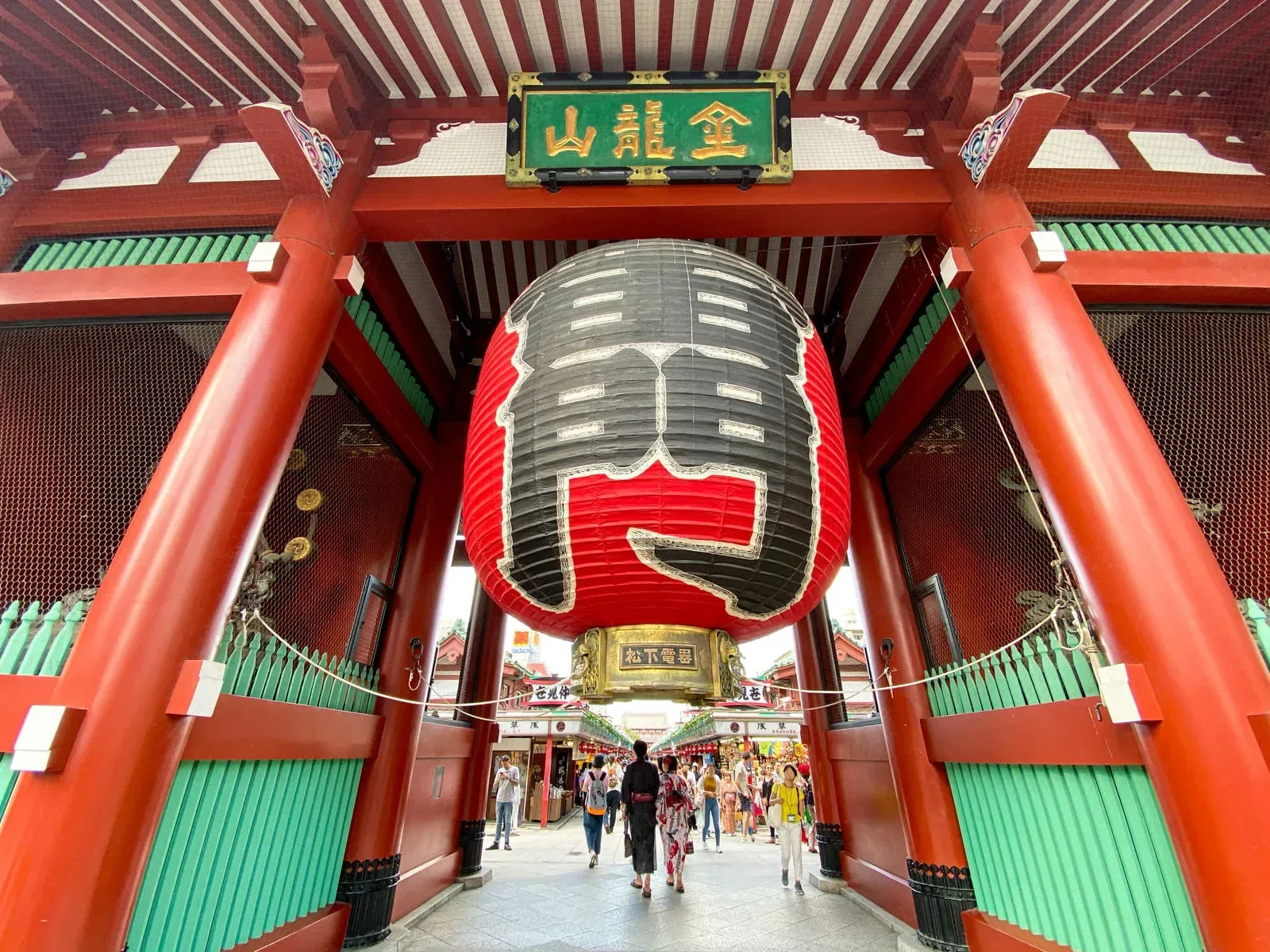
Asakusa is a historic district that conveys Tokyo's downtown culture to this day and can be accessed in about 20 minutes from Tokyo Station via the Tokyo Metro Ginza Line.
This area, where the old face of Japan remains within modern Tokyo, is also very popular among foreign tourists.
The center of Asakusa is undoubtedly Sensoji Temple. After passing through the Kaminarimon gate with its impressive red lantern, the lively Nakamise Street continues. Here, various souvenir shops and food stalls are lined up, and you can enjoy sightseeing while feeling the tradition from the Edo period.
When I guide friends or family, I always make sure to walk down this street.
Food hopping in Nakamise Street is also one of the ways to enjoy Asakusa. You can try old Tokyo sweets such as Ningyoyaki, Age-manjuu, and senbei.
In Asakusa, sightseeing by rickshaw is also popular. Leisurely touring the streets of Asakusa with the guide of a rickshaw puller becomes a special experience. I've only tried it once, but I could see Asakusa from a different perspective than usual and made fresh discoveries.
Also, if you extend your visit a bit from Asakusa, you can go to Tokyo Skytree Town. You can enjoy a Tokyo-like scenery where modern high-rise buildings coexist with traditional downtown landscapes.
Ueno Area
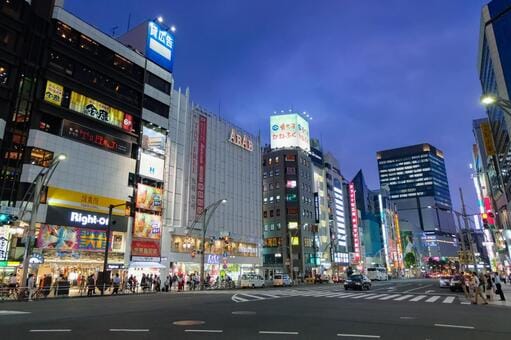
Ueno is an area with its own culture and atmosphere, just about 8 minutes from Tokyo Station by JR Yamanote Line or Keihin-Tohoku Line.
Ueno Park is the central presence in this area. It's known as a famous cherry blossom viewing spot in spring, and many people enjoy hanami under the full bloom. I also had an annual tradition of having a picnic with friends under the cherry blossoms. Inside the park, there's Ueno Zoo, which is especially popular for its giant pandas.
Ueno is also a cultural center. Within Ueno Park, there are multiple museums and art galleries gathered, including the Tokyo National Museum, Tokyo Metropolitan Art Museum, and National Museum of Western Art.
One of the attractions of Ueno is Ueno Ameyoko (Ameya Yokocho). This is a shopping street that developed from the black market after World War II and is still full of energy today. It's known for various products from groceries to clothing and miscellaneous goods available at low prices.
Also, many multinational restaurants and food stalls are lined up in Ameyoko, where you can enjoy food hopping.
Tokyo Station is truly worthy of being called the gateway to Tokyo and Japan. From its historical architecture, you can feel the progress of Tokyo's modernization, and from the latest office buildings in the surrounding area, you can sense the contemporary face of Tokyo.
Using Tokyo Station as a starting point, you can easily visit the glamour of Shinjuku, the youth culture of Shibuya and Harajuku, the traditions of Asakusa, and the culture and downtown atmosphere of Ueno.
For those visiting Tokyo, I hope you'll read this article and enjoy your own Tokyo exploration using Tokyo Station as your base!
